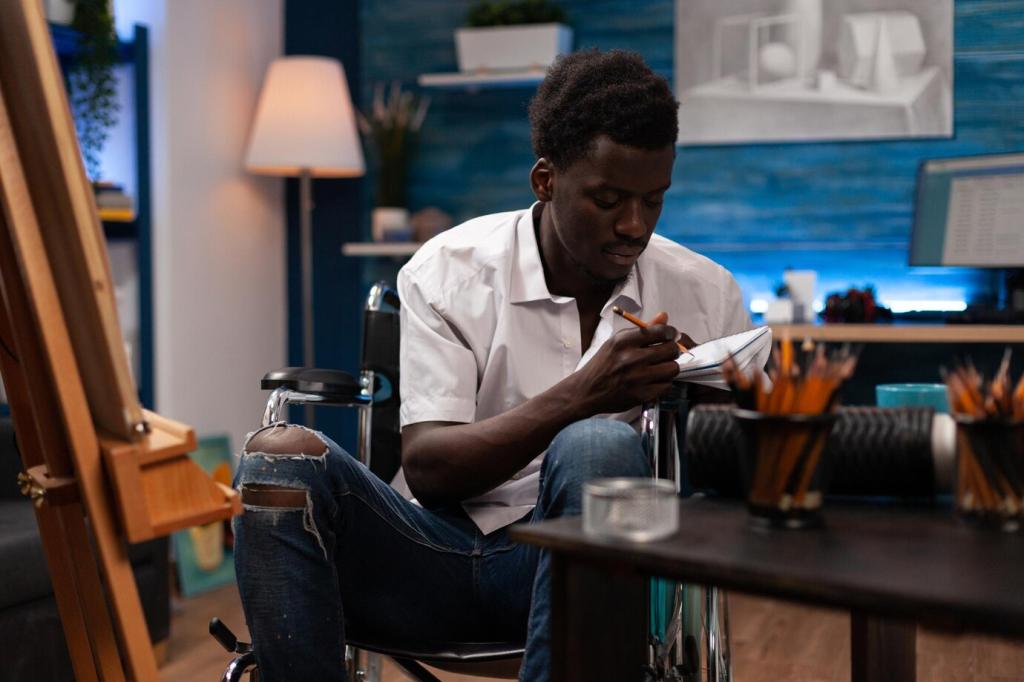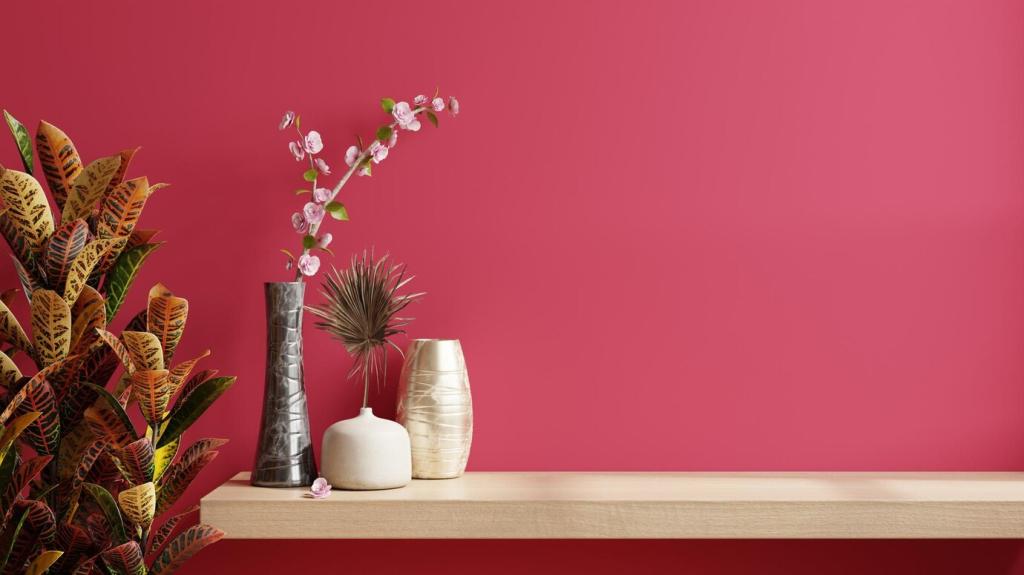Why Cities Are Turning to 3D Printing Now
Traditional urban construction is slow because formwork, transport, and coordination consume time and money. Layer-by-layer printing removes most formwork, streamlines labor, and shortens schedules. The result is less waste, fewer truck trips, and reliable costs for tight municipal budgets.
Why Cities Are Turning to 3D Printing Now
In narrow lots, under bridges, and along curved streets, printing thrives. Parametric geometries adapt to tight setbacks, utilities, and views, yielding custom benches, façade panels, and stair cores that fit like gloves. Share a tricky site we should analyze next.





